This summer, I took a bucket-list cycling trip to France to ride on many of the roads – including many of the most famous climbs – featured in the Tour de France.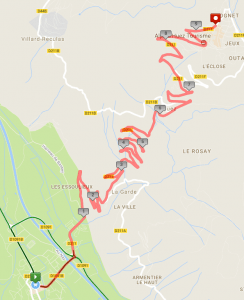
After my return, I’ve been asked about the trip, and my preparations for it, by many cycling friends. So I decided to write an article detailing a few tips you, too, might benefit from if you decide to check this or a similar ride off your own cycling bucket list.
Quick Tour de France Trip Details
The trip we took was from a tour company called Custom Getaways. They have numerous trip packages keyed on grand tours and other marquee events, including the Tour de France (TdF), Giro d’Italia and the World Cycling Championships.
Our trip was very professionally supported, and our package included riding on the actual roads that the pros ride in the TdF. We climbed:
Alpe d’Huez. A beyond-category (HC) 13.8km (8.6-mile) climb at 8.1% average grade, with 1,135m (3,725 ft) of elevation gained – 725m (2,379 ft) to 1860m (6,102 ft).
Col d’Telegraphe & Col d’Galibier. Another HC climb, 34km (21 miles) at 7% average grade, with 1,846m (6,057 ft) of elevation gained – 710m (2,329 ft) to 2,556m (8,386 ft). It’s actually a little more than that, 150m (500 ft) more, since there is a downhill between these two giants. Here’s the profile:
Col d’Izoard. Two ways to the top. This years’ tour took the road from Briancon. A favorite place to be dropped off is at the top of Col de Vars, a category 1 climb. You will have an 18km (11-mile) descent to Guillestre, which is 1,025m (3,363 ft) in elevation. From here you will ascend 32km (20 miles), ending at an HC climb at the top of Col 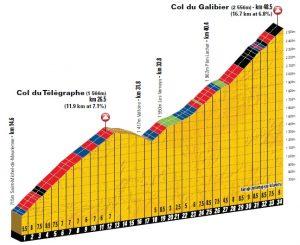 d’Izoard, at an elevation of 2,360m (7,743 ft) for a 1,335m (4,380 ft) elevation gain.
d’Izoard, at an elevation of 2,360m (7,743 ft) for a 1,335m (4,380 ft) elevation gain.
Embrun to Salon-de-Provence. This was Stage 19 of the 2017 Tour de France. A 223km (135.5-mile) stage. Rolling hills and only 3 category 3 climbs, two of which are in the first 50km (31 miles). Since this is such a long stage, most tour companies will limit you to 97km-112km (60-70 miles), depending on the fitness of the group. Here’s the profile:
How to Train for Such a Trip
Ultimately, you want to increase your cardio as well as the condition of your legs before embarking on such an arduous adventure. Since most of the climbs are 1-3 hours, you want to train such that you can easily last the 1-3 hours of climbing without cramping. In other words, train to handle even more. As you get closer to the date of your tour, make sure you can do a greater than 4-hour “high power” endurance ride.
Specific tips to follow include:
1) Train to be one of the fittest riders in the tour group. The reason being is that you will be able to do more riding, and more of the climbs. For example, only 2 out of 12 in 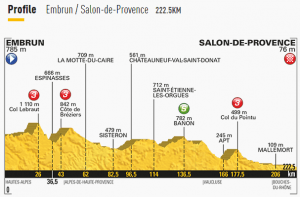 our group did both Col d’Telegraphe and Col d’Galibier. The other 10 were not as fit and voted to do only one of the climbs. They were dropped off at the top of Col d’Telegraphe and, after a fast descent, they started climbing Col d’Galibier. They missed out on the experience and all the different sights and sounds on the Col d’Telegraphe. Here are a couple of photos of the Galibier (the view from the top) and the Telegraphe (the view to the top):
our group did both Col d’Telegraphe and Col d’Galibier. The other 10 were not as fit and voted to do only one of the climbs. They were dropped off at the top of Col d’Telegraphe and, after a fast descent, they started climbing Col d’Galibier. They missed out on the experience and all the different sights and sounds on the Col d’Telegraphe. Here are a couple of photos of the Galibier (the view from the top) and the Telegraphe (the view to the top):
2) Dial in and record your bike fit. If you have gotten a recent bike fit or will be getting a bike fit, make sure to have the fitter write down all the critical measurements. Take this information with you so the tour company can fit your rental bike with your numbers (or make sure your own bike is perfectly set up). (If you have a smart phone, take a photo of the measurements for ready reference.)
3) Drop as much weight as you can prior to your tour. Losing 10 pounds can make a tremendous difference.
4) If you’ll be riding a rental bike, adapt your training bike appropriately, and vice versa. Here’s what I mean: My regular bike is a Cervelo R5ca. My rental bike was a low-end Wilier GTR (a $2,500 bike). The Cervelo is light, the Wilier was noticeably heavier. In retrospect, I should have done what I could to adapt my Cervelo to make it more like the far heavier rental bike I rode. Here are some suggestions:
Assuming your rental bike will be heavier than your bike, you might want to invest in a cheap pair of heavy training clinchers.
Gearing – Set up the gearing on your training bike the same as the tour rental bikes. Gearing on our tour bikes was a standard compact – 50/34 up front, and 11-32 in the rear. For me, this was more than enough gearing for all the climbs, but several of the others in the group complained that it wasn’t enough. They would have preferred a triple.
Bring along any specific equipment to help adapt the rental bike to your needs. Several people brought their GoPro, and the tour company was happy to help install the GoPro mounts. Several others brought their own stems to raise the bar height. One person brought their own saddle (which is a great idea, really). It’s OK to bring whatever you need.
5) Strongly consider following a real training plan vs. winging it. Talk with a coach about formulating a training plan to meet your needs. Depending on your current fitness level, you might need 3-6 months to get in shape to do all the climbs.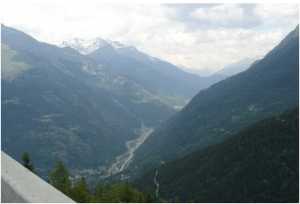
6) Train mentally as well. Much of what’s needed to do serious climbing is mental strength. Looking up at a mountain like Galibier can be daunting. Mentally, know that you can do it. What I found best is to break up the climb into segments (for example each switchback can be a segment). Complete each segment, give yourself a metaphorical pat on the back and then on to the next segment. A friend of mine, a retired U.S. Navy SEAL, told me that during his “Hell Week,” a BUD/S instructor told him, “When your mind says QUIT, your body still has 40% more to give.” Most drop out of BUD/S (SEAL training) because they have given up mentally.
7) Train to manage your effort. If you have a power meter, perfect. Train with it, and after several months, you will know what power you are pushing in certain situations, and for how long you can maintain it. Try to get a feel for what that level of exertion is. The rental bikes won’t have power meters, so unless you have one that “travels,” you’ll need to be able to climb by rate of perceived exertion (RPE), or your best guess of your power. (Some riders know, too, which heart rate they can maintain while climbing, and not exceed that. Whatever works for you to keep you in the safe zone, figure it out during your training.)
8) Learn to stay hydrated and fueled for long days on the bike. Tour companies will usually give you a single water bottle as part of the package (along with a jersey). Bring

your own, as well. It’s better to have two than a single empty one. Most tour companies will usually ride up and down the climbs, checking on their riders. If you need help, give them a thumb down and they will stop so you can replenish water and energy bars. But it’s better to make sure you’re carrying enough for such emergencies.
9) Maximize your power for a given duration. For example, the Alpe d’Huez is less than a 50-minute climb for a category 1 racer, and a 75-minute climb for a fit club cyclist who regularly trains hills. A typical club cyclist would take 90 minutes. There were some cyclists in our group who took 3 hours to climb Alpe d’Huez. Reread No. 7, and don’t ride yourself into trouble, but keep in mind that rides are shorter in duration if you can go ever a little harder.
10) Cadence, cadence, cadence. Spend your several training months spinning more. Try and learn to climb at 90 RPM cadence.
11) Spin class will help. Start taking a spin class. The trick is to give each class 100% effort. You will increase your cardio ability, as well as gain some strength.
12) Yoga and core strengthening will help, too. Get into a stretching and core program right away. Yoga is a great way to start. You might also consider my eBook:
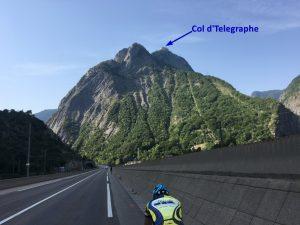
13) In your training, do rides that simulate the climbs on your tour.
Even though you will probably not find a Col d’Galibier in your backyard, find the longest 7%-8% grade hill you can, and do hill repeats. If you don’t have any hills, do steady-state high-power output for 2-3 hours. This can be done on the flats or an indoor trainer. As you get closer to the date of your tour, make sure you can do a greater than 4-hour “high power” endurance ride.
Tour Companies
There are quite a few tour companies to choose from, and the decision can be overwhelming. To help simplify the choice, here are three that several riders I know have gone with and can recommend.
Some companies specialize in more riding and less of the Tour, other companies specialize in a little riding and a lot of VIP and paddock access. Depending on what you want to get out of the trip, ask about the agenda and itinerary.
The following companies come highly recommended. Read the descriptions carefully as each specializes in, and is targeted to, a different crowd.

1) Custom Getaways (http://www.customgetaways.com/)
2) Sports Tours International (https://www.sportstoursinternational.co.uk/)
3) Duvine Cycling Adventures (https://www.duvine.com/region/)
AND, 2 other bonus ideas.
1) There will be those that will want to bring their own bike. Make sure you get a quality HARD-SHELLED case so that your bike will be protected its best. The price to transport your bike will be about the same as it will be to rent from one of these travel companies.
2) For those that want to step up the rental bike quality, I found a pro-level bike shop that rents high-end bikes in Paris. About a 2 minute walk from the Arc De Triomphe. The bike shop is called BONK … here is their information
Gregory Mollet-Vieville
www.bonk.fr
[email protected]
+33 (0) 6 23 97 14 87
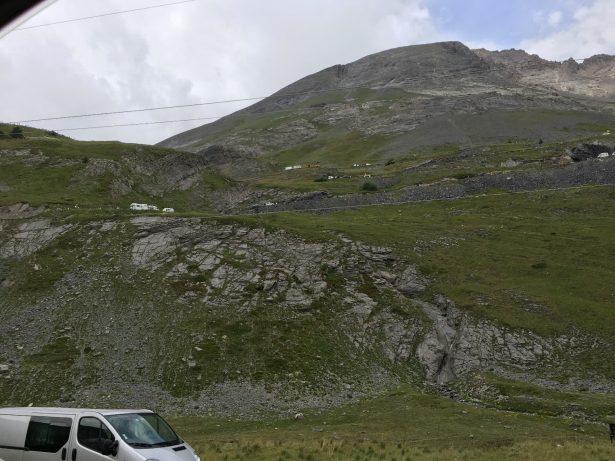


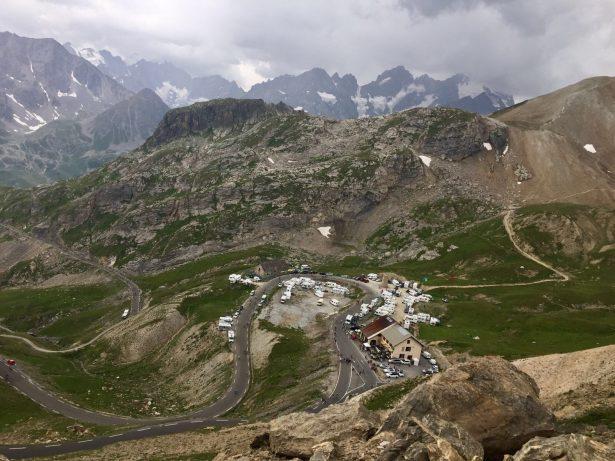
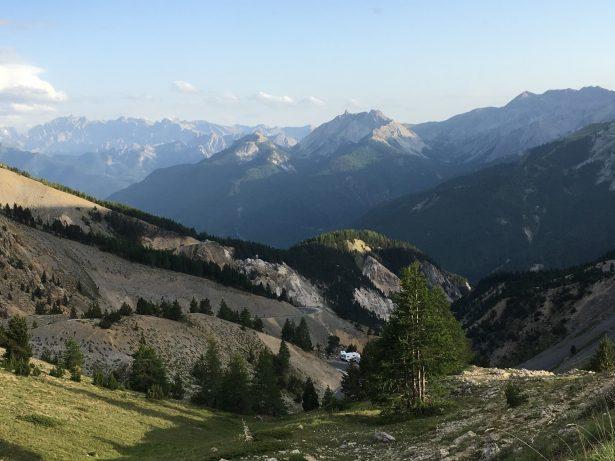

I have always enjoyed bicycling and, through a series of coincidences, became a Bicycle Industry Consultant and Product Tester. I test prototype products for companies and have published only off the shelf production products on biketestreviews.com.


